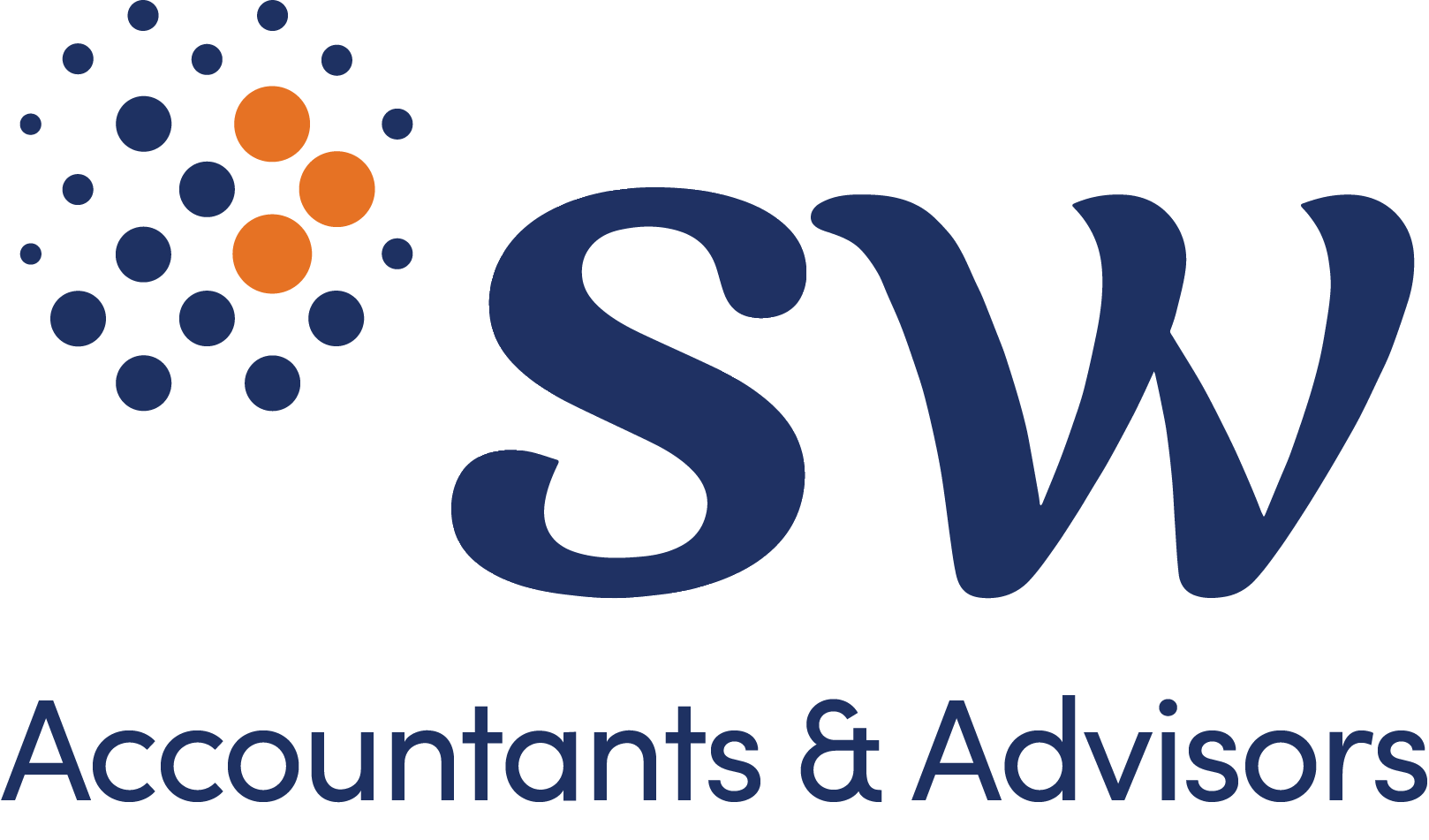
The expansion of Single Touch Payroll
01/10/2021
The expansion of Single Touch Payroll will now require employers to report additional payroll information on payday and aims to remove the burden of manually reporting to multiple government agencies. This will come into effect on 1 January 2022.
What is Single Touch Payroll?
Single Touch Payroll (STP) is a mandatory obligation which commenced on 1 July 2018 for employers with 20 or more employees and 1 July 2019 for employers with 19 or fewer employees.
In the 2019-20 Federal Budget, the Government announced the expansion of STP reporting, referred to as STP Phase 2.
The expansion of STP will now require employers to report additional payroll information through STP on or before the payday.
STP Phase 2 aims to reduce the reporting burden for employers and employees and removes the need to manually report to multiple government agencies.
When does it come into effect?
The mandatory start date for Phase 2 reporting is 1 January 2022.
If employers currently report STP through a Digital Service Providers (DSP) and the solution is ready for the roll out on 1 January 2022:
- Employers should start the Phase 2 reporting from 1 January 2022.
- Employers can start the Phase 2 reporting before 1 March 2022 and will still be considered reporting on time. This is the blanket deferral announced by the Australian Taxation Office (ATO) and employers do not need to apply to the ATO.
If the employer’s DSP’s requires more time for Phase 2, they will apply for a deferral for all their customers. Most DSP’s have secured a 12-month deferral until 31 December 2022 as they work closely with the ATO to roll out the Phase 2 changes in software. The employer’s DSP should inform them if they have secured a longer deferral with the ATO.
What additional data is being captured?
Disaggregation of gross wages
Currently STP reports gross wages. Phase 2 will report the detailed breakdown such as overtime, paid leave, allowances, bonus, salary sacrifice amounts etc.
Employment conditions
It will become mandatory to report an employee’s work type. This includes full-time, part-time or casual, along with new categories like labour hire, volunteer agreement or non-employee.
Taxation conditions
Incorporating employee tax information (TFN declaration) in the STP report. These declarations capture details on employment type (full time, part time or casual) and different tax factors that influence PAYG withholding, such as HELP debt.
Income type and country code
Will include income type, payment type and country code (i.e.; Australian working overseas) meaning more flexible and detailed reporting of the income types. This will also make it simpler for employees to complete their income tax return.
Child support garnishee and deduction amount
Child support garnishee amounts and deductions will be reported in the STP filing and will reduce the need to provide separate remittance advices to the Child Support Registrar.
Termination reason
The reason for termination to be included in the STP Report such as it being voluntary or a redundancy.
Benefits of STP Phase 2 for Employers
- No longer required to submit employee TFN declarations to the ATO after collection.
- Streamlined reporting on different income types for closely held payees and Lump Sum E payments.
- Eliminates the requirement for employers to issue employment separation certificates.
- Ease when switching payroll software providers and employees’ payroll ID’s.
- Real time information sharing with Services Australia for payroll and employment information (Separation certificates, Child Support garnishee). Eliminates the need for separate reporting.
Benefits of STP Phase 2 for Employees
- Greater visibility of types of income received and more detailed prefill data for income tax returns.
- Reduced effort and error in calculating and reporting income for the purposes of income support payments.
- Assists employees to declare their TFN correctly to avoid tax bills at the end of the financial year especially those with Study and Training Support Loans.
- Ensure income support recipients receive correct payments, reducing the amount of paper forms processed and reduce the need to be contacted by government agencies.
Will existing reporting change?
Although employers will need to provide the ATO with more information, the way they submit STP will not change.
STP filing, due date, tax and super obligation as well as the year end finalisation requirements will stay the same.
What employers need to do prior to 1 January 2022 to get ready?
If employers are currently reporting via a STP-enabled DSP, employers will need updated software to offer Phase 2 reporting. Employers will be notified by DSP’s once their software is ready.
To prepare for the changes employers should:
Review the ATO’s STP Phase 2 Employer Reporting Guidelines.
Consider how some of the information they already report through STP is changing.
- Review business and payroll processes and plan for how employers need to do this.
- Find out what new information will need to be reported for particular employees and consider where information is stored now if it is not in the payroll system.
- Update employee details if required and check the ATO reporting categories.
- Make contact with an adviser if employers need any further information or support with this transition.
How can SW help
SW has an outsourcing team to assist with the payroll function. SW can assist employers understand and become familiar with the new requirements to make this change as seamless as possible.
Review employers existing payroll software and STP reporting processes. SW can also assist with reviewing, comparing and recommending STP enabled software.
Establish STP reporting protocols for businesses to ensure timely STP filing processes and to meet reporting obligations.
SW can prepare and process fortnightly/monthly pay runs for employers or provide a review of pay runs to ensure

